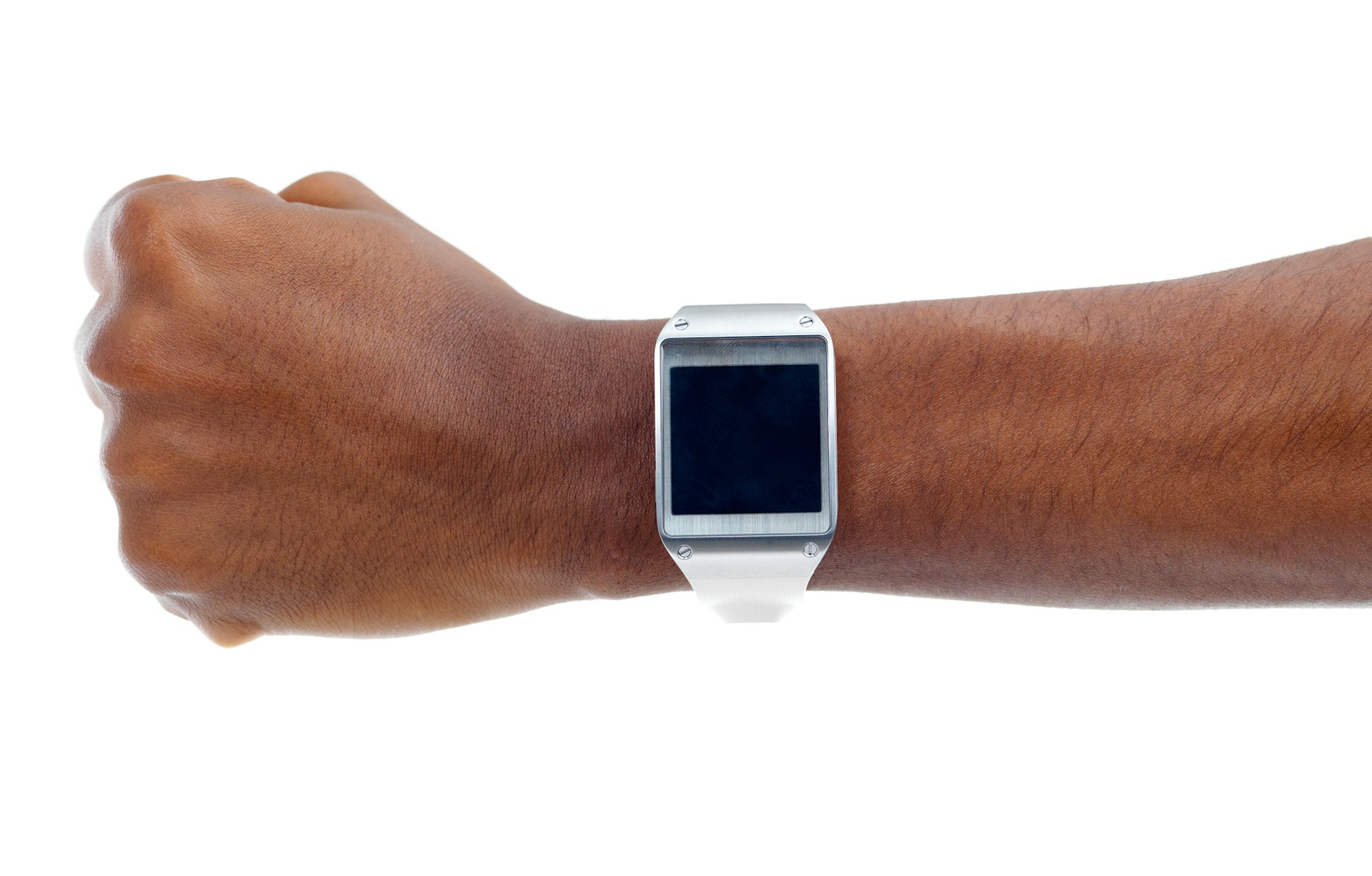Let’s dive into an exciting world, where technology and healthcare meld together to create an innovative frontier. It’s an arena where computers aren’t just for work, and watches do more than merely tell the time. This is the realm of wearables – devices that are redefining how we monitor our health and fitness. But just how are they doing that, and what benefits do these advancements bring? Let’s explore this together.
The Explosion of Wearable Technology
Let’s start by understanding what wearable technology is. Whether it’s a smartwatch that tracks your heart rate, a pair of smart glasses that give you turn-by-turn navigation, or a pair of running shoes which monitor your gait, these are all examples of wearable devices. They are always with you, collecting data to provide insight into your health, fitness, and habits.
Also read : Latest trends and innovations in chatbots
The wearable technology market has exploded in recent years, driven by the miniaturisation of technology, advancements in battery life, and a desire from users to take control of their health. The result is a wide array of devices that can monitor everything from your sleep patterns to your glucose levels, providing real-time data that puts you in the driver’s seat of your health journey.
Wearables and Health Data Tracking
What does it mean for you, as users of wearable devices, when it comes to health data tracking? This technology provides you with a wealth of health data that was once only available during a doctor’s appointment. It’s now at your fingertips, anytime, anywhere.
This might interest you : Can Gamification Boost Corporate Training Outcomes?
Heart rate monitoring was one of the first features to appear on fitness trackers and smartwatches. This simple metric offers a window into your cardiovascular health, detecting abnormal heart rhythms that could indicate a more serious condition. But today’s wearables go much further, offering blood pressure monitoring, sleep tracking, stress analysis, and even electrocardiogram (ECG) readings. This continuous monitoring helps identify any health issues early, when they’re typically easier to manage or treat.
The Power of Real-Time Data
One of the most impactful aspects of wearable technology is the power of real-time data. No longer do patients have to wait for an annual physical to track their health progress. Instead, they can monitor their health data on a continuous basis, right from the comfort of home or anywhere they happen to be.
This real-time data allows for immediate adjustment and intervention, whether that’s recognizing a need for more sleep, changing dietary habits, or even identifying a potentially serious health issue like an irregular heartbeat. Real-time data also means real-time communication. Many wearables have the ability to share data directly with healthcare providers, allowing for immediate feedback, advice, and care.
Empowering Patients Through Wearable Devices
Wearable devices are doing more than just providing data. They are empowering you as patients, giving you more control over your healthcare. You can monitor and track your health status, keeping an eye out for any abnormalities. You can also share this data with your healthcare provider, creating a more collaborative and proactive healthcare experience.
Moreover, wearables are breaking down barriers in healthcare. For those with mobility issues or who live in remote areas, wearable technology offers a solution for regular health monitoring without the need for frequent doctor visits. This not only saves time but also ensures that all individuals have the opportunity to monitor their health and receive care.
The Future of Wearables in Healthcare
So, what’s next in the world of wearables? As technology continues to evolve, so too will the capabilities of wearable devices. We’re already seeing the development of wearables that can monitor blood glucose levels without a finger prick, track hydration levels, and even predict illness based on biometric data.
Furthermore, as more and more people adopt wearable technology, a wealth of aggregate data will become available. This could offer unprecedented insights into public health trends, inform research studies, and ultimately drive better healthcare policies and interventions.
As we look to the future, it’s clear that wearable technology will continue to redefine personal health tracking, offering a more proactive, personalized, and real-time approach to health and wellness. The power of these devices is immense, and we are only just beginning to tap into their potential.
The revolution of wearables in healthcare is well underway, and it promises a future where technology and health are inextricably linked, offering benefits to all. It’s a future where you are empowered, where data drives decisions, and where health is always at the heart of it all.
The Role of IoT Devices in Health Tracking
The role of IoT devices in health tracking adds another layer of convenience and precision to the capabilities of wearables. Wearable devices, acting as IoT devices, are capable of collecting and exchanging data with other devices and systems over the internet. This allows for seamless integration of health data into health systems, enabling healthcare providers and patients to access and analyze this data in real-time.
A smartwatch tracking your heart rate can send this data directly to your healthcare provider’s system. If the heart rate spikes or drops abnormally, an alert can be generated and immediate action can be taken. It’s not just heart rate, but also metrics like sleep patterns, blood pressure, blood glucose levels, and more can all be monitored and analyzed in real-time, paving the way for a more proactive approach to health care.
These IoT devices, therefore, offer a valuable tool for remote patient monitoring, reducing the need for physical visits to the doctor. This is especially beneficial for people with chronic conditions who require regular monitoring, those with mobility issues, and those residing in remote areas.
Moreover, the use of IoT devices in mental health care is an emerging trend. By tracking physiological patterns like heart rate variability, sleep, activity levels, and other biometric data, these devices can help monitor mental health conditions and provide real-time feedback. This innovative approach to mental health care can aid in early intervention and provide valuable insights to healthcare providers.
The Impact of Wearable Tech on Healthcare Providers and Conclusion
The impact of wearable tech on healthcare providers is significant. Wearable devices offer a plethora of data in real-time, enabling healthcare providers to make informed decisions and offer personalized care. With the ability to monitor their patients’ health status remotely, they can intervene promptly when needed, ultimately improving patient outcomes.
Healthcare providers can also use the data from wearable devices to identify patterns and trends, informing their treatment strategies. For instance, by observing a patient’s sleep patterns over time, a provider might identify a correlation between poor sleep and exacerbation of symptoms in a patient with a chronic condition. This could lead to a more holistic treatment approach that includes sleep hygiene advice along with other therapeutic interventions.
Moreover, the accumulated data from numerous wearable devices can provide a larger picture of public health trends. These insights could inform public health initiatives, drive research, and influence policy decisions, all of which could have profound implications on population health on a larger scale.
In conclusion, wearable technology is revolutionizing how we approach personal health tracking. By providing a wealth of real-time data, empowering patients, and offering valuable insights to healthcare providers, wearables are set to redefine the healthcare landscape. The future of wearable tech in healthcare is promising, with potential benefits that extend well beyond the individual, impacting population health and healthcare policies. As we move forward, it’s clear that the integration of technology in healthcare, particularly wearable tech, will be far-reaching and transformative. The potential of wearables is vast and we’re only just scratching the surface of what’s possible. We are indeed standing at the brink of a future where technology and health are intertwined, heralding an era of unprecedented health awareness and wellbeing.






